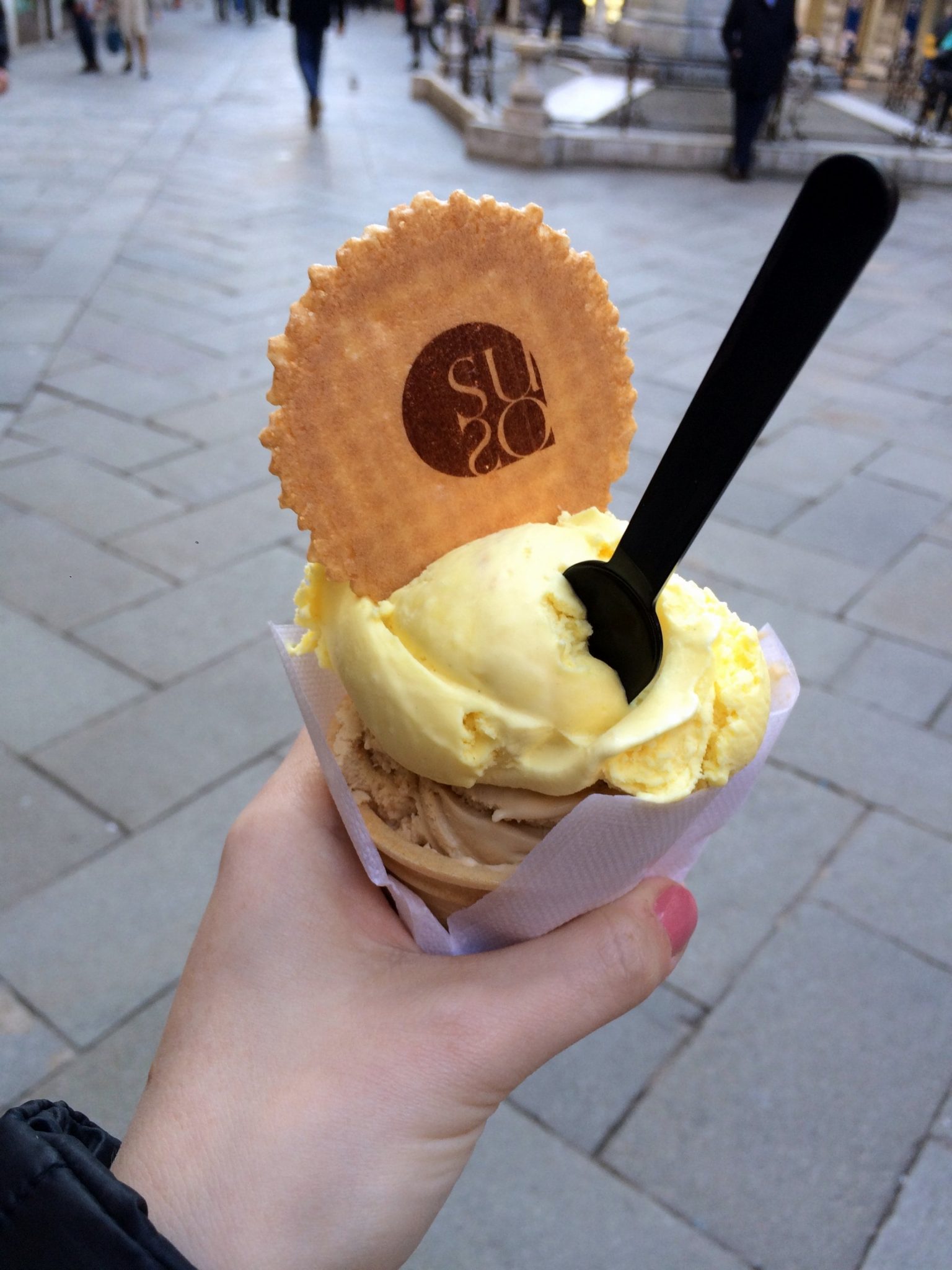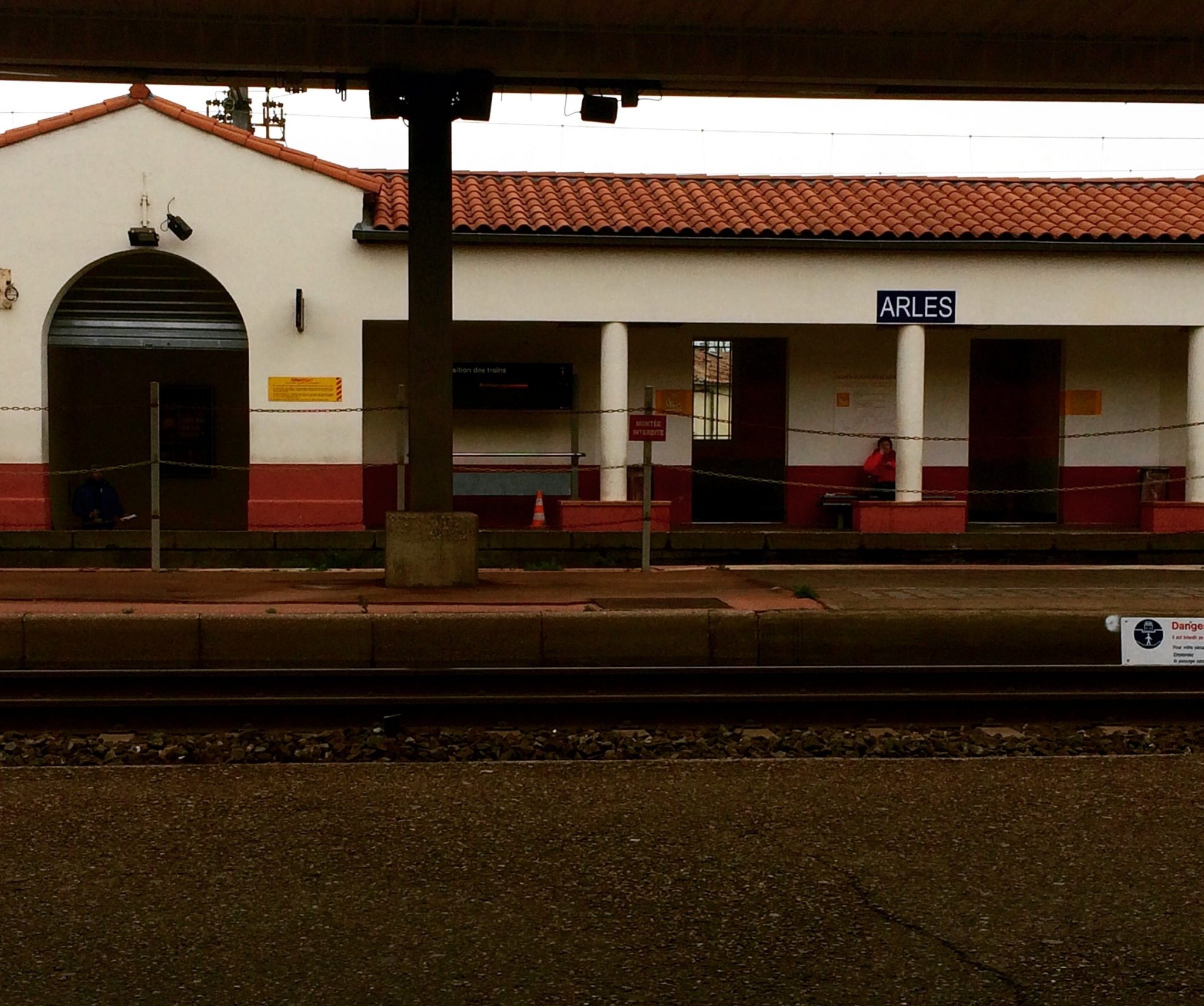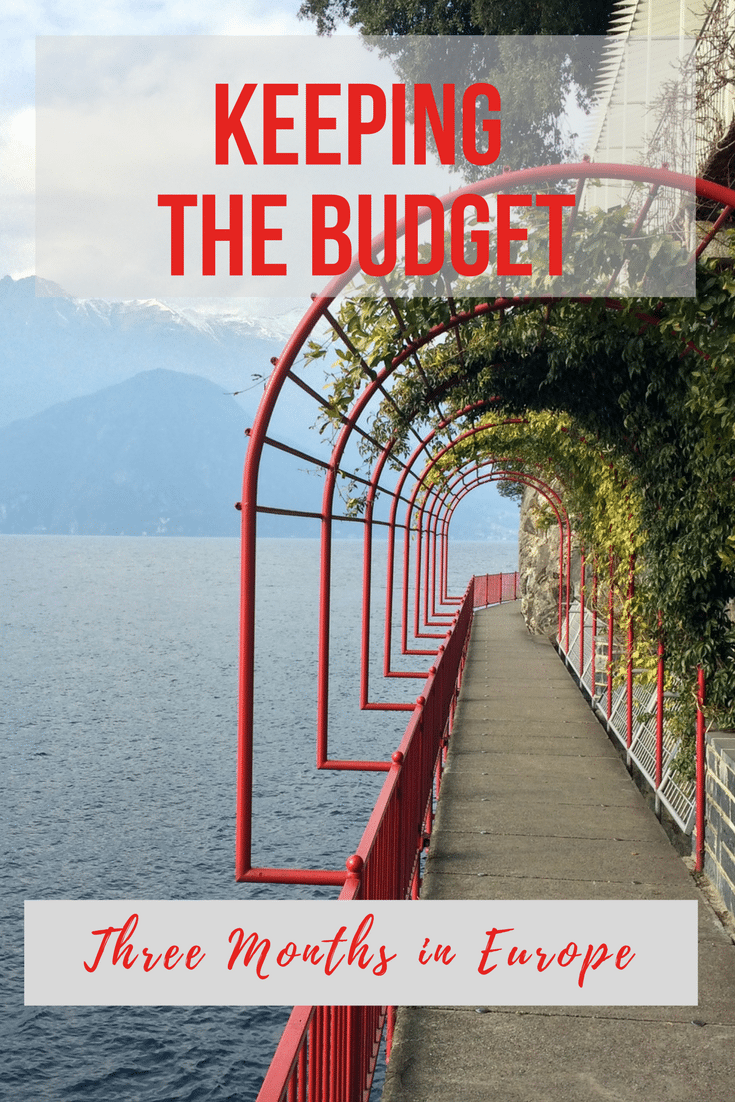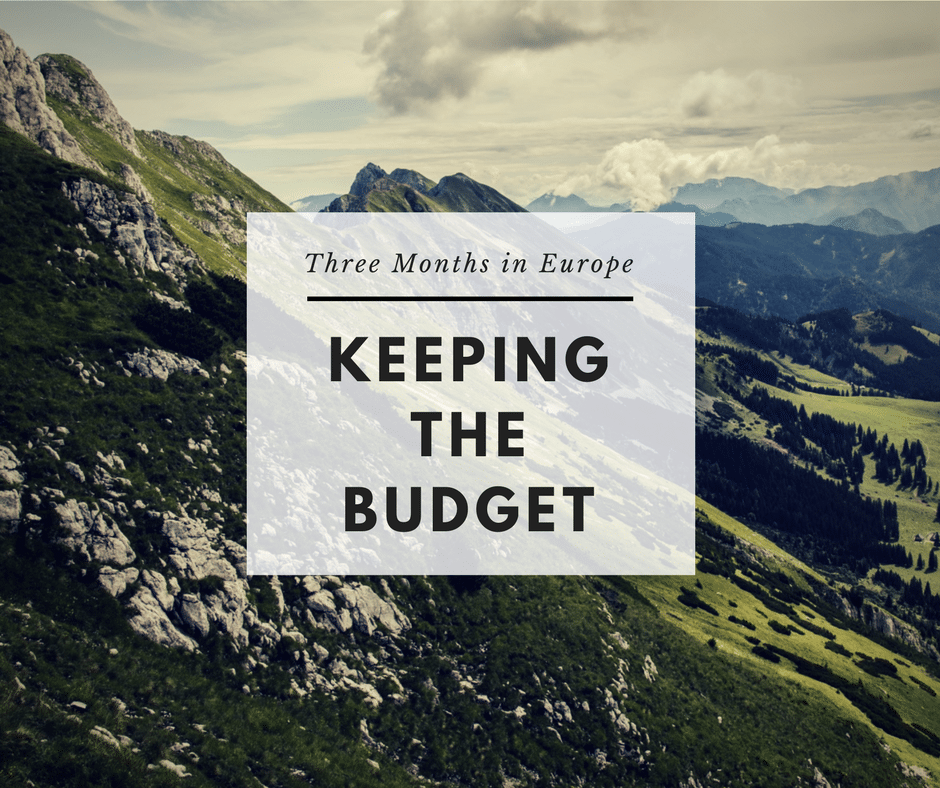 Earlier this year, my husband and I did something crazy: we packed one backpack each, hit pause on our normal lives in Austin, and took off for a (nearly) three month adventure in Western Europe. If you’ve been reading along on my blog before, you’ve heard me talk about this countless times since I am in the middle of writing up mini travel guides to each of our stops on this adventure. I shared my packing list last month, and I’ve decided to build off of that and create a small “Three Months in Europe” series. I haven’t finalized my list of posts in the series, so if you have any suggestions, let me know in the comments below!
Earlier this year, my husband and I did something crazy: we packed one backpack each, hit pause on our normal lives in Austin, and took off for a (nearly) three month adventure in Western Europe. If you’ve been reading along on my blog before, you’ve heard me talk about this countless times since I am in the middle of writing up mini travel guides to each of our stops on this adventure. I shared my packing list last month, and I’ve decided to build off of that and create a small “Three Months in Europe” series. I haven’t finalized my list of posts in the series, so if you have any suggestions, let me know in the comments below!
Today I’m sharing how we kept a budget while on our trip. First, I’ll provide a little background. In order to go on this trip, I took a leave of absence from my job as a CPA at a Big Four accounting firm. My husband is a freelance web developer, so he was able to pick a few projects to bring with him but still had the flexibility to turn down new projects for a few months. We paid for our trip through savings, through the couple of projects that Daniel brought along with him, and through travel points and miles redemptions. As expected, we had to stick with a fairly tight budget while traveling for this extended amount of time. This was easier to do in some countries (Italy) than others (Switzerland).
First, I’ll go through our spending categories and share the ways we were able to mostly stay on budget. Then I’ll share the budget planning strategy I used that can be used to help plan the budget of any trip.
Meals
Breakfast
For our first meal of the day, we almost always had a coffee and a croissant/pastry. We occasionally made an exception when we found a breakfast restaurant we wanted to try, but then we’d usually eat it later in the morning so that it would be both breakfast and lunch. We also tried to take advantage of free hotel breakfasts whenever possible.
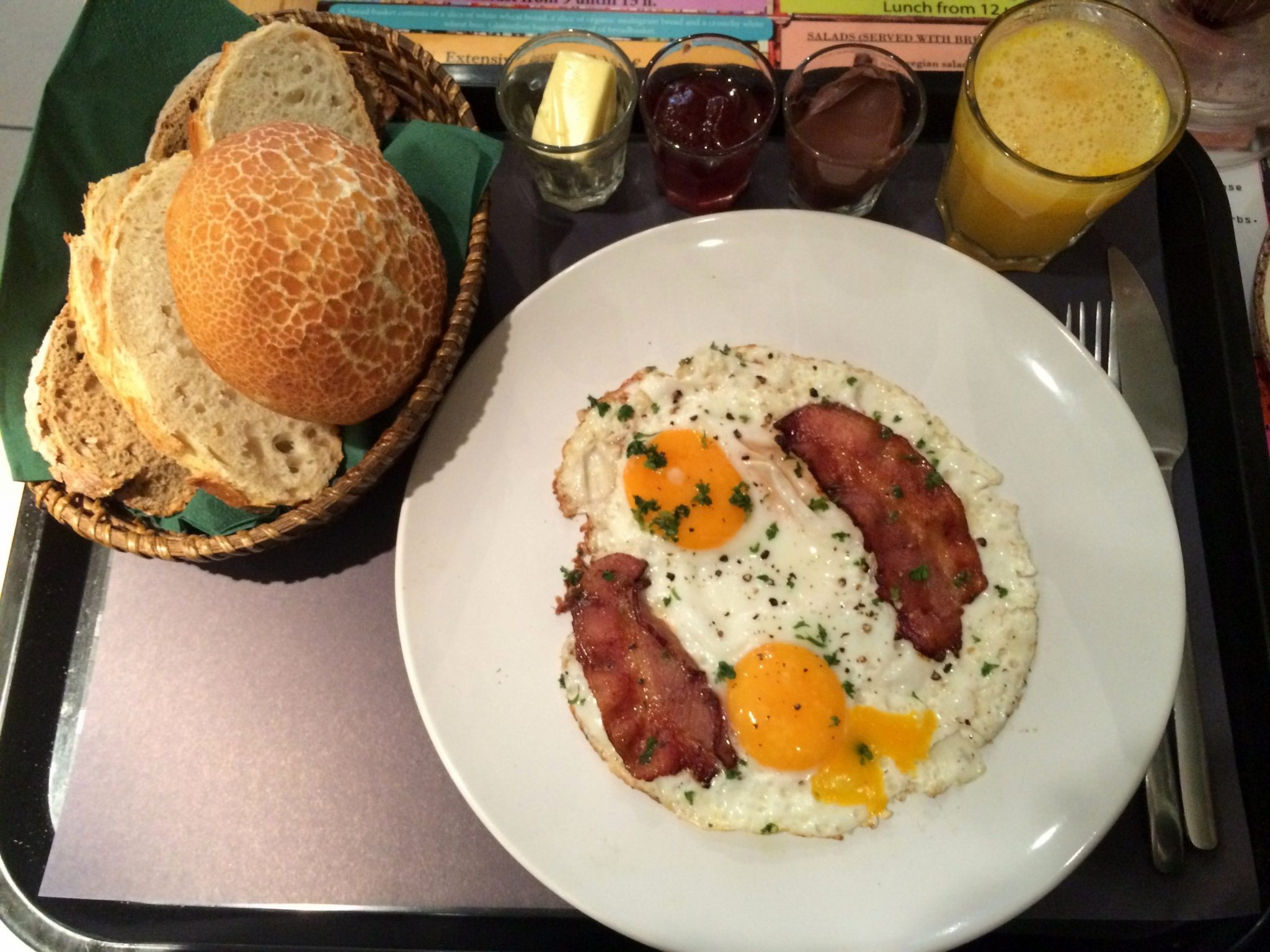 Lunch
Lunch
Earlier on our trip, we would find a local cafe or cheaper dine-in option for lunch. As the trip progressed, we started going to the local grocery store or market more often to get even cheaper meals. European grocery stores have some great lunch and snack options!
Dinner
When we had a kitchen at the place we were staying, we’d often cook dinner using ingredients we bought at the grocery store. When we didn’t have a kitchen, we’d use the opportunity to each at a cheap local cafe. When we were staying in one place for more than a couple of days, we’d usually allow ourselves to go out for dinner at a nicer restaurant that was highly rated or recommended to us by a local. We love trying new food and new restaurants, so we didn’t want to deprive ourselves of the occasional nicer dining experience while traveling to these countries for the first time.
Snacks
All-day adventuring can make you tired and hungry. We snacked more in some countries than in others. For example, we ate gelato almost every single day during our three weeks in Italy, but that’s because it was usually no more than $3 per gelato. In more expensive places, we’d often opt for fruit or a snack bar from a grocery store when we got hungry between meals. Sometimes a cup of coffee with a pastry or sweet would be our afternoon snack.
Lodging
For most of the places we stayed, we wanted to make sure we were close enough to the city center to be able to easily use public transportation and not spend too much of our day getting in and out of the city. That being said, we were willing to spend more on lodging to save money and time on transportation. We stayed in a combination of Airbnbs and hotels.
Hotels
When looking for accommodation options in each city, I always started by looking to see if there were hotels I could book with points or award nights. We got some great deals out of our hotel points on this trip. The lodging for over one month of our trip was completely free, and several of those free nights were in very nice hotels. The majority of our points used were earned through travel hacking, something I hope to write about more in the future. If you are interested, I recommend you visit The Points Guy’s Beginner Guide.
There were a few hotels we paid to stay in, and all of those were booked through Hotels.com. Hotels.com shows the best rates that a hotel has to offer, so we got some great rates in some good hotels. But the best part about them is their rewards program – for every ten nights you book, you get a free night. We were able to get a couple of free nights on this trip using their program.
Airbnb
If I determined that we couldn’t get a free night at a hotel with points, I moved on to look at Airbnb. We stayed in so many Airbnbs on this trip. I grew to really love using Airbnb for backpacking travel because we found that near the city center they were nearly as cheap or even cheaper than hostels in those areas! By reading through the reviews on each Airbnb listing and looking at the locations where various Airbnbs were located I was usually able to find us a great deal in a great location. To see our favorite Airbnbs from the trip click here (stunning view!), here (incredible hosts!), and here (amazing location!). This is not to say that every Airbnb experience is perfect because there are disadvantages to using Airbnb, but that is for a future post. In our case, the advantages outweighed the disadvantages.
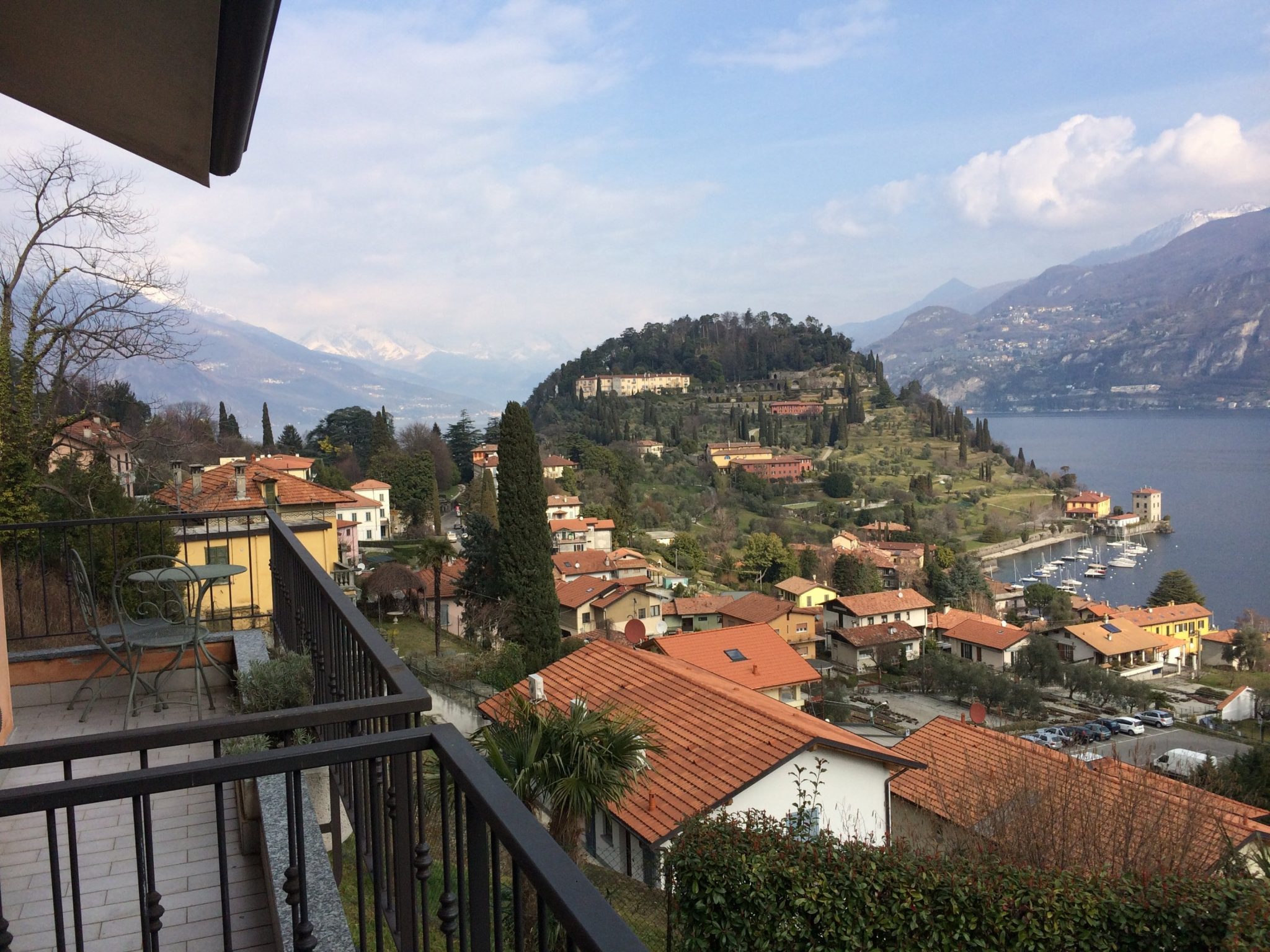
View from our Lake Como Airbnb
Hostels
I get lots of reactions when people find out we did a backpacking trip without ever staying in a hostel because most people think that’s the only way to backpack. We definitely would have stayed in hostels if we didn’t have so many hotel points or if we couldn’t find an Airbnb that wasn’t a good deal, but we just never had the financial need to forego our own place in an Airbnb/hotel for a bed in a hostel. I have nothing against hostels, but I do think it is possible to backpack Europe on a budget without having to stay in them.
Transportation
Public Transportation
We love using public transportation. It is cheap, and it is very efficient in Europe. Unless we wanted to walk, we took the train/metro/bus/subway/ferry whenever we could. We made the occasional exception and took Uber when it was really late or really cold.
Eurail Pass
For travel between cities and countries, we used a Eurail BritRail and Global Pass. I paid for these passes before we left the US, so we didn’t have to worry about the cost of each individual train ride.
Activities
This is the area we had to cut back on the most. Most of our trip was spent wandering the streets of cities and/or driving through the countryside and taking advantage of free or low-cost activities such as museums, gardens, and walking tours. We did splurge on a couple of activities. For example, in Switzerland (aka the most expensive country ever), we paid a large amount of money to take a cable car between different mountaintop villages. It was an all-day activity and one of our favorite excursions on the trip. However, because Switzerland is SO EXPENSIVE, we weren’t able to do many other paid-for activities during our ten days there. We loved Switzerland, but we will definitely need to go back when we have a higher activity budget on a shorter trip.
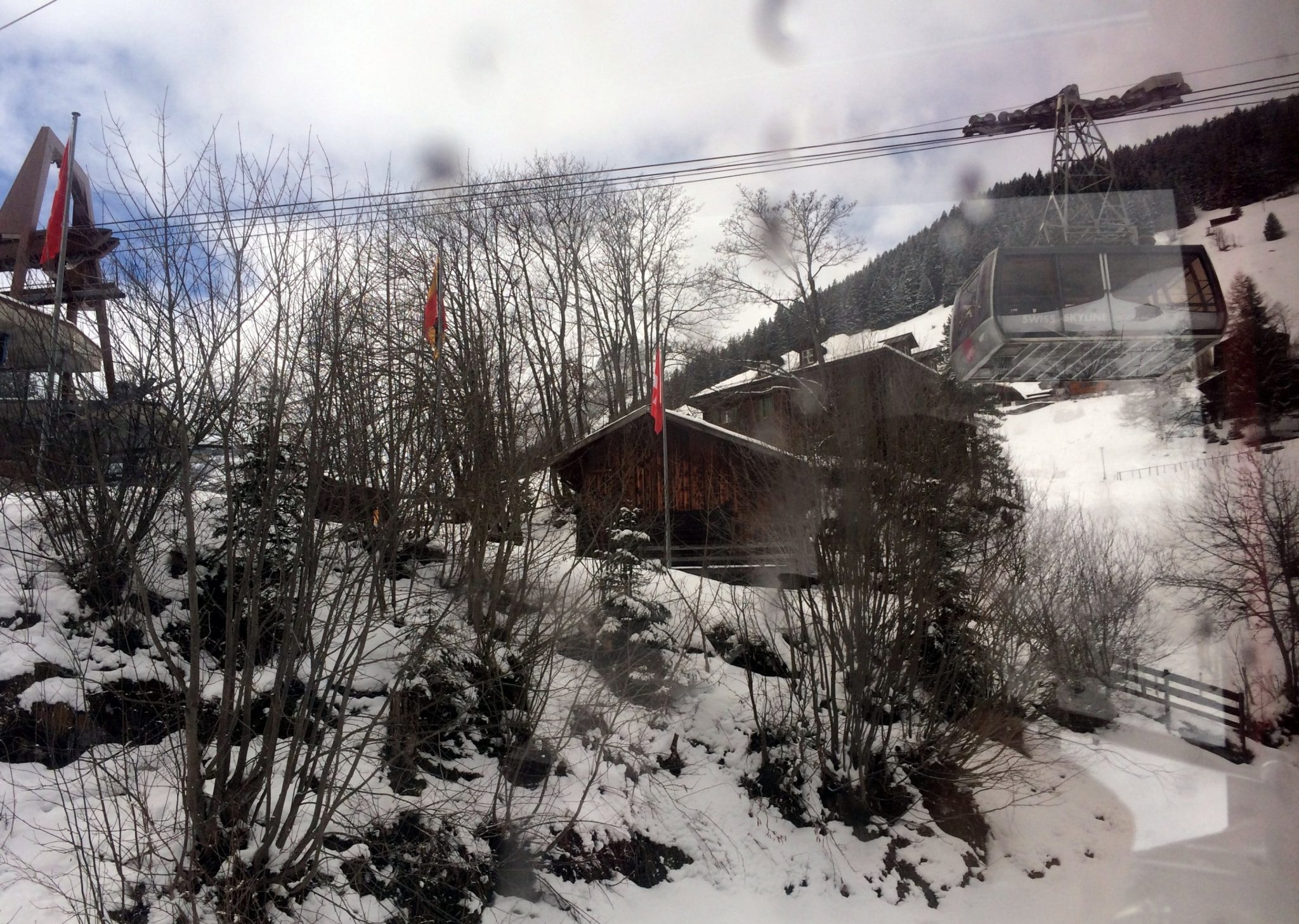
View out of our Swiss cable car to another Swiss cable car
Coffee
It’s no secret that Daniel and I love our coffee. We love it so much that we had to make coffee a budget category. Don’t get me wrong – we probably spent more money at local coffee shops than most backpackers, but we tried to stick with regular coffee, rather than fancy espresso drinks. Italy was a big exception because their espresso and espresso-based drinks are not only amazing but also very low-cost.
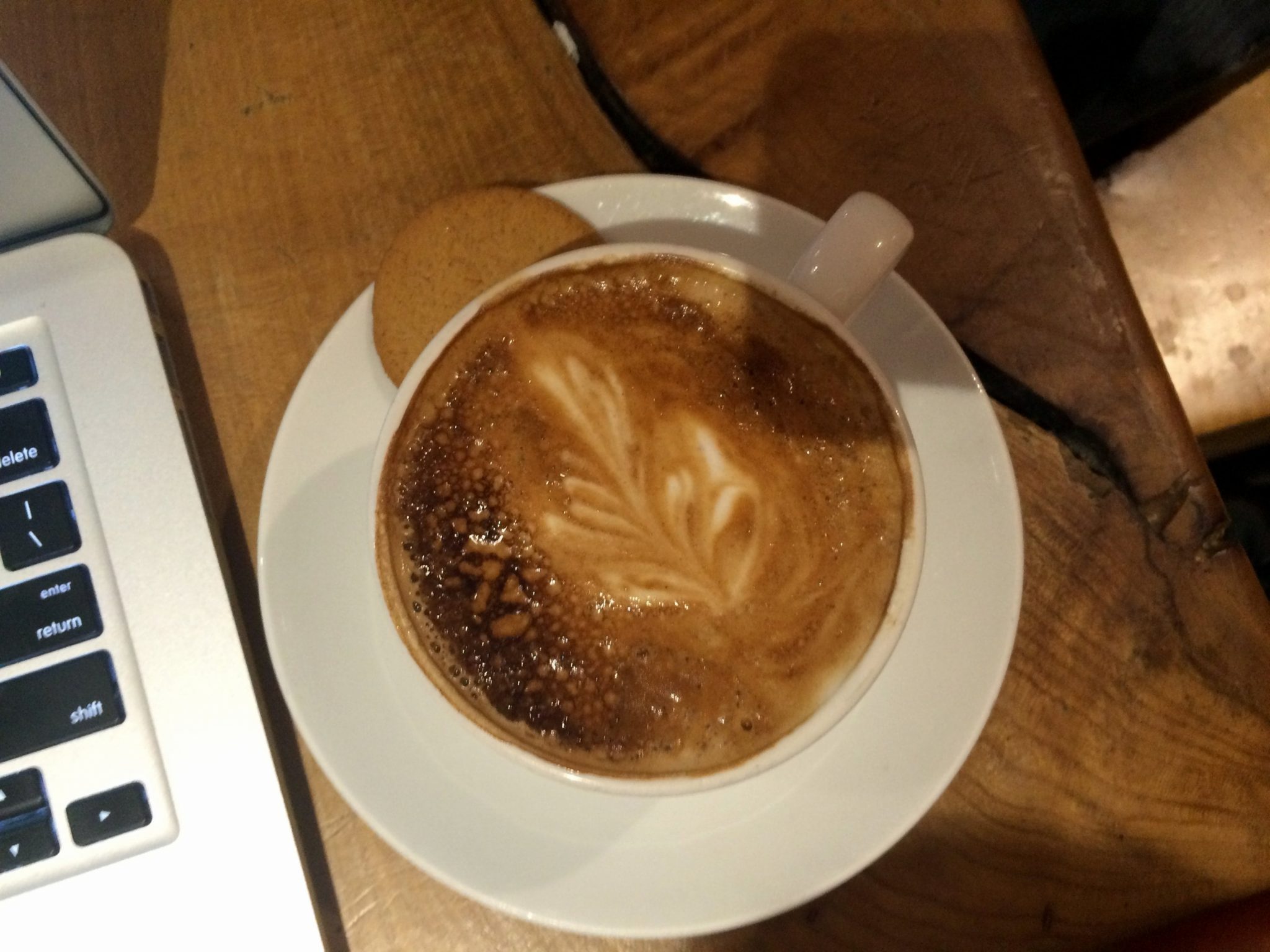 Shopping
Shopping
We aren’t big travel shoppers. We’d rather spend our money on food and experiences captured through photos than on items to bring back home. The only souvenirs we picked up on our trip were Starbucks mugs (see my collection here!) and a couple of Christmas ornaments.
Strategy
Those were the main categories we broke our travel budget into. We were successful in keeping with our budget for the most part. Every traveler has their own priorities and experiences that they want out of their trips, so my categories and tips above won’t help everyone. But I do think that anyone can follow my strategy to build a budget for a long-term trip:
- List out your major categories (like mine above).
- Prioritize your categories.
- Assign daily/weekly dollar amounts to your categories.
- Multiply your daily/weekly total by the number of days/week you will be traveling.
- Add a cushion for expenses you won’t expect – I suggest $500 per person for a trip longer than a month.
- Evaluate your total and determine if it is reasonable for you and the amount of money you have saved for your trip.
- Adjust your total – If it is too high, cut back on your daily/weekly budget for your lower priority categories. If you have more money spend, either increase the budget for your high priority categories, or set it aside as fun money to spend on whatever you want while on the road.
In summary, in order to create a budget you can stick with on a long-term trip, base your budget off of your travel priorities, and know your budget before planning anything else about your trip. Oh, and bonus tip – When looking for a budget-friendly destination, just go to Italy! It’s an amazing country for great value.
{Thanks for reading! Want to know a little more about me? I’m a CPA learning how to balance a career with frequent travel while planting roots at home in Austin, TX. When I’m not exploring my home city with my husband Daniel or cuddling with our chubby orange cat Banana, I’m probably planning, packing, traveling to, or daydreaming about our next adventure. After all, my travel mug collection is never complete. If you have wanderlust too, be sure to follow me on Instagram, Pinterest, Snapchat (emilya89), or subscribe to my blog!}
